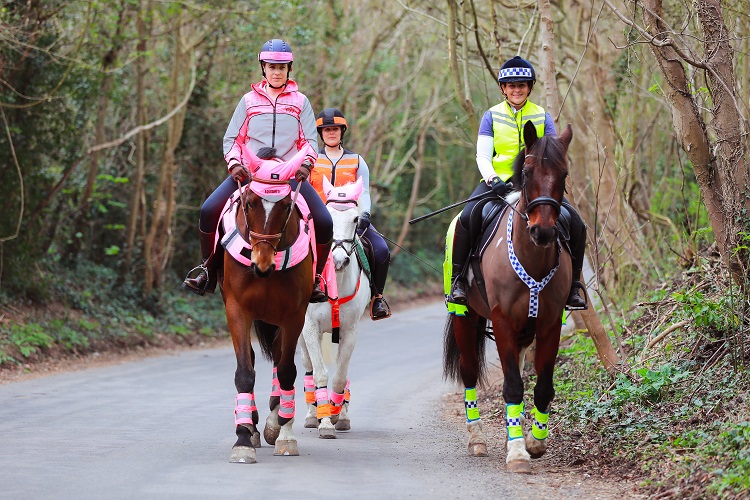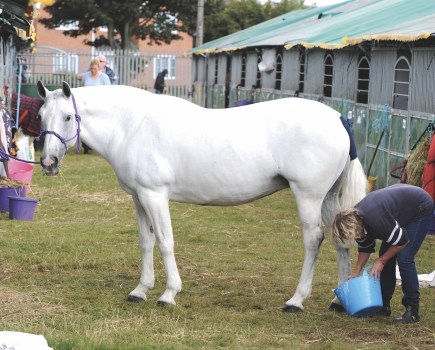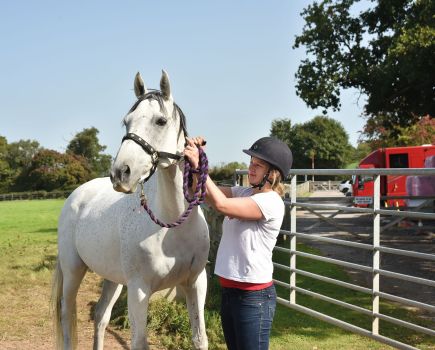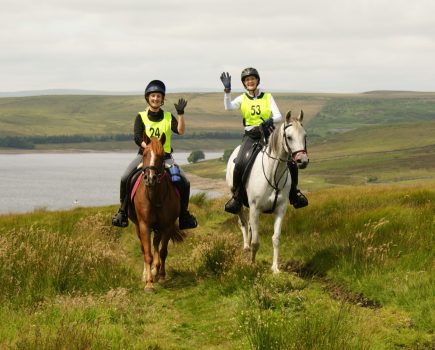An amendment to the Highway Code, which could help improve road safety for riders, is a step closer thanks to the ongoing work of the British Horse Society (BHS).
Alan Hiscox, Director of Safety at the charity, spoke about the progress of the Dead Slow campaign during the National Equine Forum (4 March).
There are two Rules referring to how drivers should pass horses in the Highway Code, which the BHS would like to see amended: Rule 163, which states motorists should, “take at least as much room as you would overtaking a car when you pass a horse” and Rule 215, which states motorists should be “particularly careful, always pass wide and slow”.
“I know people who overtake cars and clip the wing mirror, that’s what they think is enough room,” said Mr Hiscox. “[And] what does pass wide and slow actually mean? It might mean something totally different to one driver as to another.. We want to try and get some specifics.”
The BHS is calling for changes to the Code to strengthen the Rules referring to approaching and overtaking horses so they include a minimum distance and a maximum speed. It is also asking for clarification of references to rider signals.
Making progress
In a parliamentary debate in 2018, the then Secretary of State for Transport, Jesse Norman, was lobbied to include riders in the Department for Transport Highway Code review, thanks to the efforts of the BHS and its supporters.
Mr Hiscox said a proposal that has come out of the review is changing the “hierarchy of road users”, which the BHS and Cycling UK would rather be called a “hierarchy of responsibility”.
“We want these words to be incorporated [into the Code], ‘For those whose vehicles have the greatest potential to cause harm, endanger and, importantly, intimidate other road users, have the greatest responsibility to avoid doing so’, said Mr Hiscox.
“We know as riders, if you ride along a road, it might not be a drivers intention, but those motor vehicles really can intimidate horses and riders.
“There are three brains working, driver, rider, but don’t forget the horse’s brain. They are flight animals they may react to something.”
The consultation for the review took place from July and October last year. There were 21,000 responses, the biggest response to an online consultation the Highway for Transport has received.
“They’re going to look at the language that is used in the Highway Code, behavioural change, and I hope they’ll look at the Dead Slow model when they talk about how to pass horses safely,” said Mr Hiscox.
“A huge amount of work will have to go into communicating these changes to drivers. That is a really important part, it must be a robust document.”
Too fast and too close
Last year, nearly 1,000 road incidents were reported to the BHS.
46 horses were killed, 118 horses injured and 130 riders injured. 80% of those incidents took place because the driver was passing too fast, or too close to the horse.
“You could argue that 80% of those accidents were avoidable,” said Mr Hiscox. “But only one in 10 riders report these incidents on the road to the BHS, so you [also] argue that there were 10,000 incidents on the roads, and 8,000 of those were avoidable because cars were passing too fast or too close.”
Brake, the road safety charity, recently conducted a survey about vulnerable road users and rural roads. It found 76% of the incidents that occurred to horses and riders took place on rural roads and nearly half of the drivers break the speed limit on these roads,.
A quarter of drivers thought 60mph was a safe speed on a road where you may encounter vulnerable road users, either a pedestrian, a cyclist or a rider.
“The Department for Transport says every road user has a right to feel safe on the roads,” said Mr Hiscox. “That is what our Dead Slow campaign is really working towards. If we can get it incorporated into the Highway Code, so much the better.”









